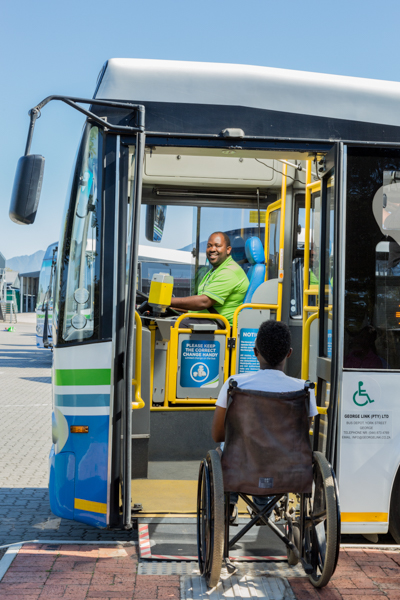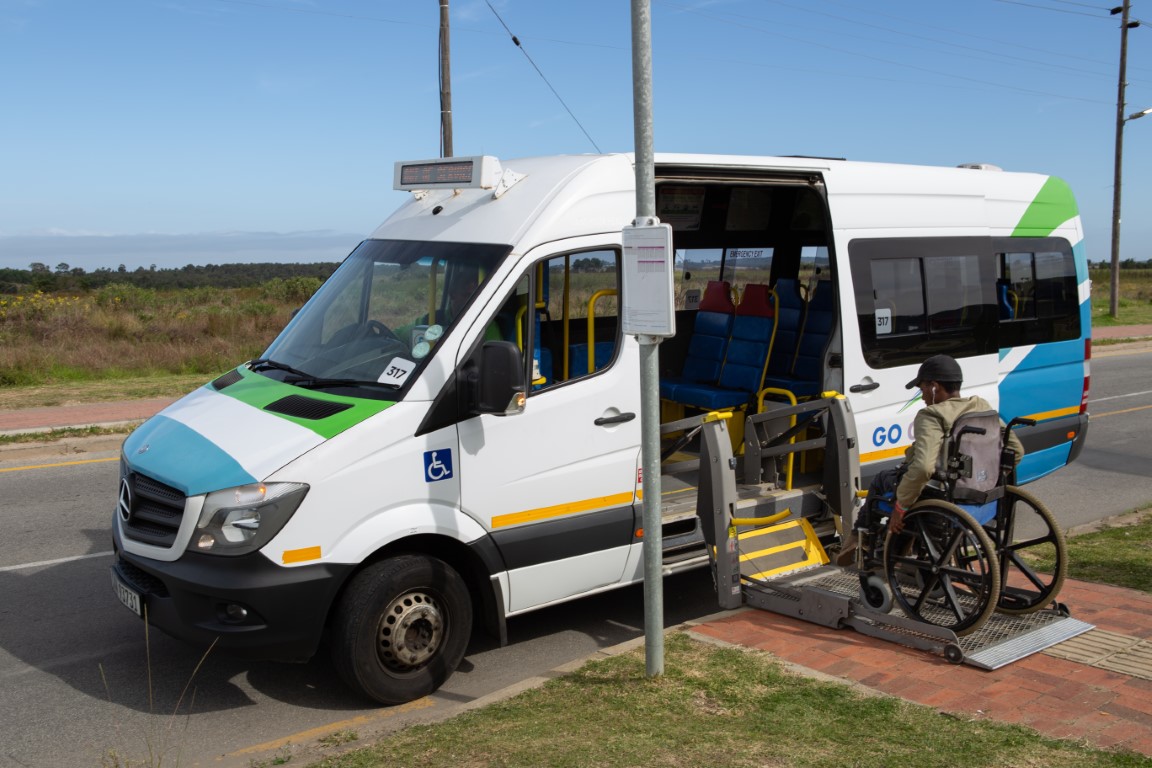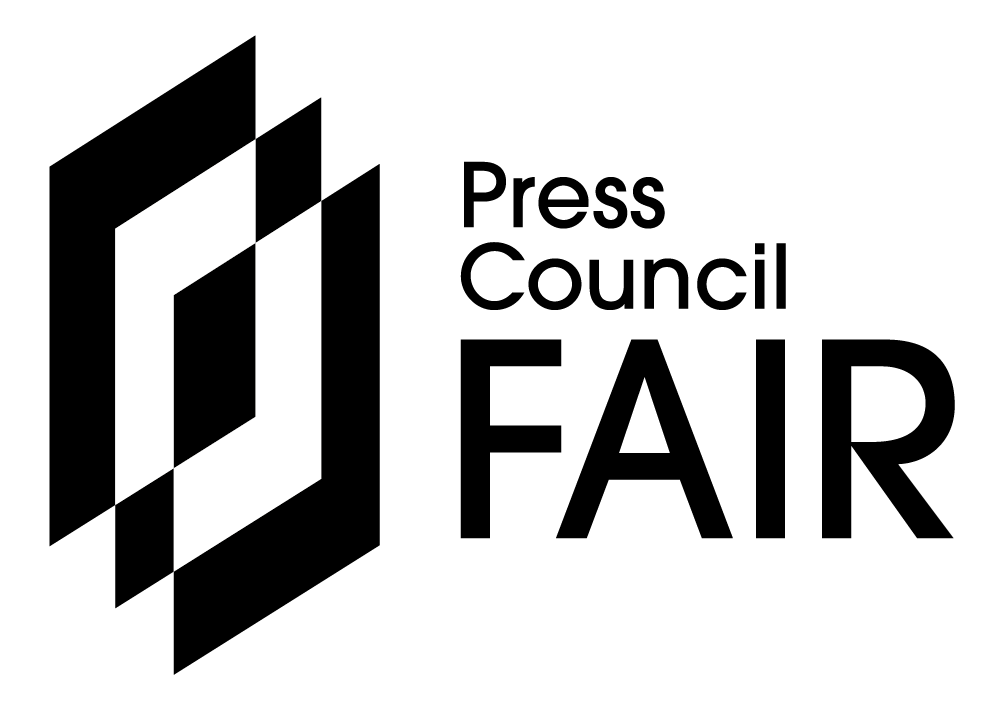Sponsored Content
BUSINESS NEWS - “Universal access” (UA) is a familiar term in the sphere of disability and certainly a buzz word in the public transport industry, including the GO GEORGE bus service. If you don’t move in these circles, you might think that it refers to access to anywhere in the universe.
It is, however, important that every citizen should understand the term and how they fit into the picture and expectations for society to create and provide “universal access”.
Universal access refers to the ability of all people to have equal opportunity and access to a service or product from which they can benefit, regardless of their social class, ethnicity, ancestry as well as their age, gender and whether or not they have a disability.
In this framework, the universal accessibility of public transport can be critical for different purposes such as commuting to work, joining in entertainment activities, or buying products and services.
Different categories of special needs accommodated
Under South African law and in terms of international commitments that have been made, passengers with different ways of moving (children, the elderly, people with disabilities, people carrying babies or shopping, pregnant women, etc.) must all be able to use public transport services with comfort and dignity.
How is GO GEORGE implementing UA?
According to Mornay Lakay, Acting GO GEORGE Manager, being universally accessible is about much more than being able to get on the bus.
"Most people know that we provide accessible boarding through the ramps and hoists on our buses, and that priority seats are reserved for passengers with special needs. However, we also need to consider the condition of the sidewalks that people have to use to get to the bus, the placing of shelters on narrow sidewalks and the space left for people using mobility devices.
“We have to consider the legibility of the bus stop sign and as a matter of fact, all our communication products, such as the font types, colour contrasts and descriptors of visual material on our website. Tactile paving at the bus stop communicates to passengers who are blind where to wait, at the same time not causing obstruction.
“We have to take into account the proximity of bus stops to pedestrian crossings, and in the future, we must look at the planning of our city to make sure people can easily access their destinations. We have to consider making public space safe, easy and pleasant to use, including contrasting colours on what we call 'street furniture' and wayfinding signage, to maximise visibility.
“Finally, we have to sensitise our service providers to be responsive and considerate. We have a very committed driver and customer care team due to an innovative training approach. Passengers must be able to experience improvements in the service and know that we will respond where we have got it wrong. Behind the scenes, we are continually striving to adapt the way professional teams deliver services so that they implement improvements in a coordinated fashion, using universal design.
“Universal access is more complex than many people think, but it is a challenge that GO GEORGE gladly accepts and tackles with enthusiasm," says Lakay.
Anyone interested to know more about universal access and how it is applied within the public transport industry, is welcome to contact GO GEORGE by phoning the Call Centre on 0800 044 044 or sending an email to info@gogeorge.org.za.

 The minibus has been equipped with a hydraulic hoist giving access to passengers with mobility impairment.
The minibus has been equipped with a hydraulic hoist giving access to passengers with mobility impairment.
'We bring you the latest George, Garden Route news'
















